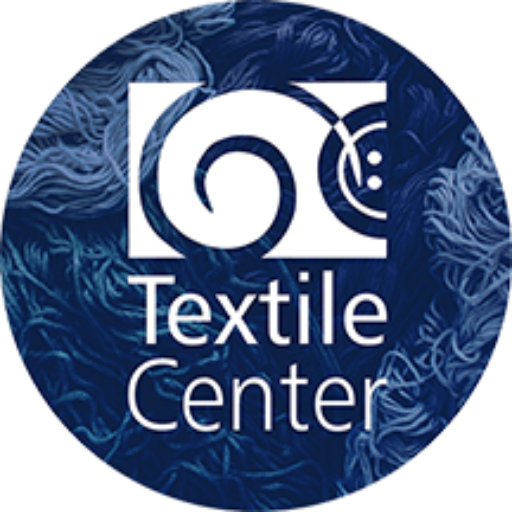Adapted from Jennifer Angus
I try to make work that provokes discussion. I love insects, and I believe that I am an environmentalist and advocate for insects.
I see myself as having only the highest regard for insects, and the value of my work has been recognized by the Entomological Society of America where I have spoken and shown my work twice. I have also shown it in several natural history museums: Peggy Notebaert Nature Museum in Chicago and the Museum of Science and Industry in Tampa most recently. I have also been invited to show my work at the Smithsonian next November.
I am not attempting to mount a fully comprehensive exhibition on the life of insects. Natural history museums and programs on television do a far better job of that. Nonetheless, one of my many goals is to have viewers thinks of insects in a new way that may have not occurred to them before. Many people are not informed on the importance of insects to our ecosystem and world. Without insects, we will not exist. For example, the current disaster afflicting honeybees, colony collapse, is an ecological nightmare. As an artist, one of the things I can do is create awareness. Since I am a visual artist, I am able to show people how beautiful the lowly insect can be, and I hope that, should they experience my work, they will think twice before spreading pesticides or altering the environment irrevocably.
I see my insects as ambassadors of their species – most people are unaware of their existence since they are exotic. I hope, if people are concerned, they will boycott products made of tropical hardwoods – because that is a destruction of an environment. I also hope that people will get involved with rainforest projects, or better yet, I am sure that there is something endangered in local Twin City neighborhoods because of urban or suburban sprawl. I also reuse and reuse my insects – some have been exhibited for over 10 years now (I never throw anything out) – if it gets damaged, then I repair it.
Naturally when I embarked upon this line of artistic endeavor, I did my research – it is impossible to over collect a species of insect unless it comes from a very small habitat, e.g. an alpine meadow. I do not use any insects like that. Insects reproduce at a tremendous rate. Most that are on the endangered species list are there because of loss of habitat, not over collection.
I’ve learned these facts from the entomologists at UW – Madison where I teach. As mentioned, I have had an exhibition sponsored by the Entomology Department at the University of Nebraska – Lincoln, and I have spoken at the annual Entomological Society of America conference. I believe that surrounded by professionals in the field, I would be made well aware if what I was doing was unethical.
All of my insects enter the country legally; none of which require a CITES permit (endangered species) and are approved by US Fish and Wildlife. All of the insects I use are mature species. In addition, some of the insects – such as weevils – are farmed, raised for the specific purpose of selling them to collectors.
Other insects are collected by indigenous people who live in the area and make a livelihood collecting insects for sale. It makes sense that if a person is making a livelihood from the jungle they won’t cut it down – we need these green spaces for they are the lungs of the planet.
I try to make work that provokes discussion. I love insects, and I believe that I am an environmentalist and advocate for insects. I have done my research, and I know that what I am doing is not harming the environment and will hopefully create awareness and do some good.

